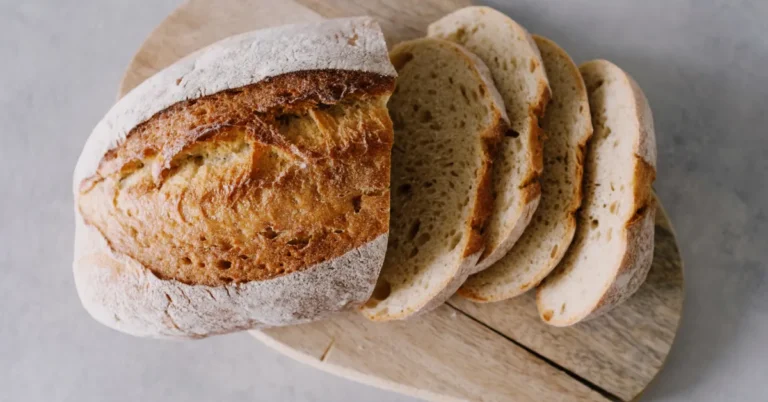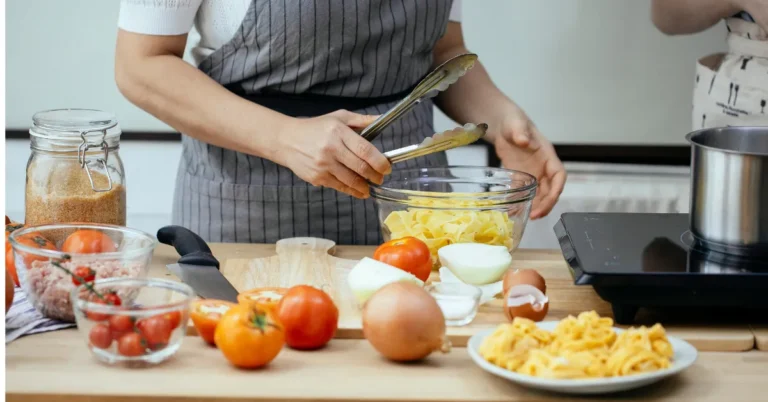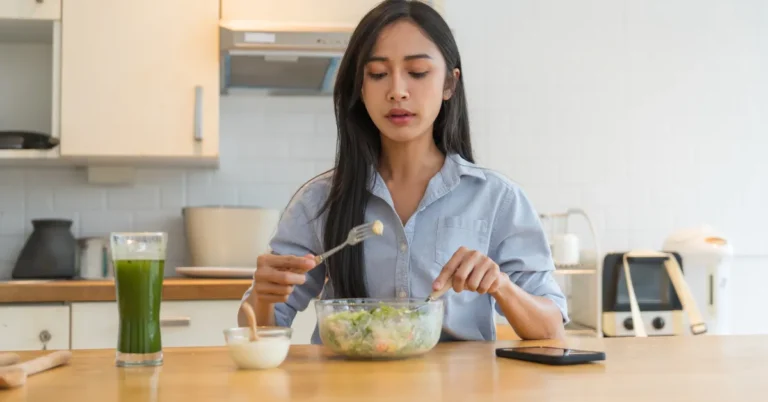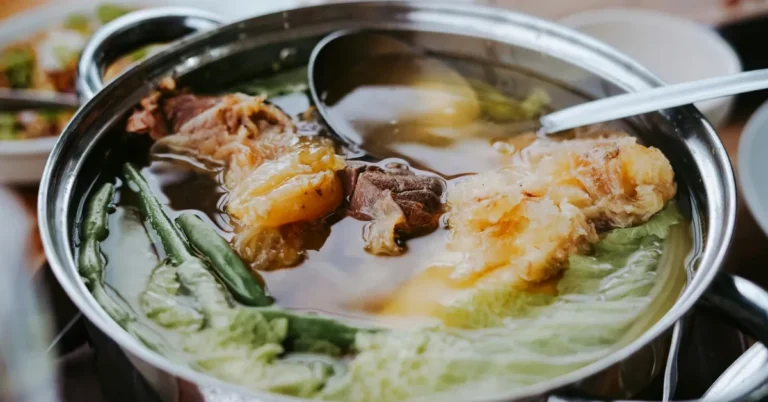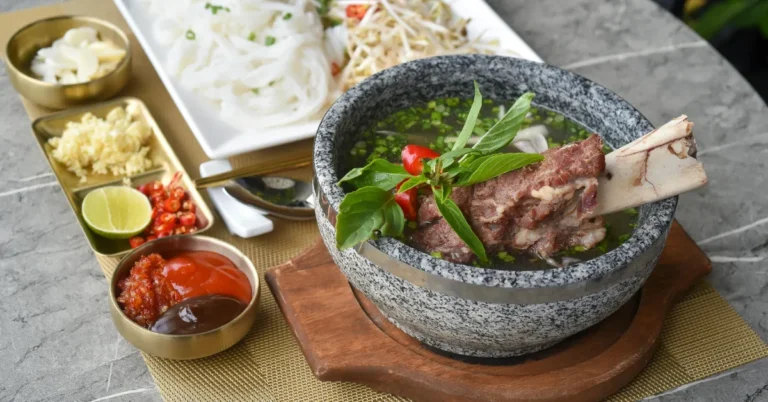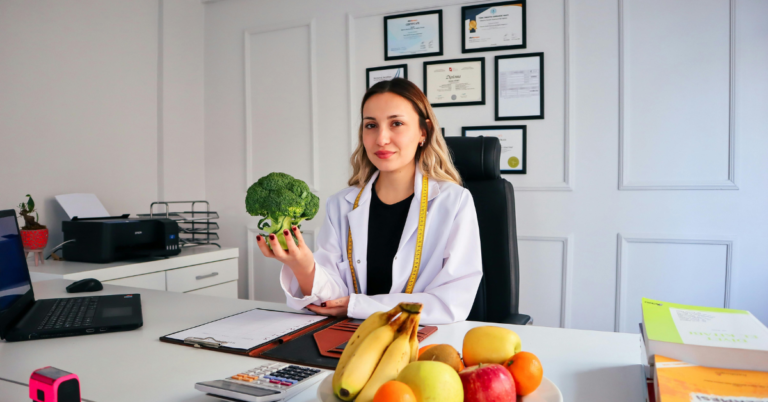Belly Fat Burning Salads: 10 Delicious Recipes to Melt Fat Naturally
Belly Fat Burning Salads. Belly fat isn’t just a cosmetic concern—it’s linked to serious health issues like heart disease, insulin resistance, and inflammation. While exercise plays a major role in reducing fat, your diet is equally important. That’s where fat-burning salads come in.
In this blog, we’ll share 10 expertly crafted, nutritionist-approved salad recipes that are not only delicious but also designed to burn stubborn belly fat naturally. We’ll also explain how each ingredient supports weight loss and improves overall health.
Let’s dive in!
Why Salads Are Perfect for Burning Belly Fat
Salads offer the perfect combo of low calories, high fiber, and essential nutrients. Here’s why they work:
- High in fiber: Keeps you full and reduces appetite
- Rich in protein: Boosts metabolism and preserves lean muscle
- Full of antioxidants: Reduces inflammation and improves digestion
- Low in processed carbs: Helps control insulin and sugar levels
Now let’s explore the top 10 belly fat-burning salads you can make at home!
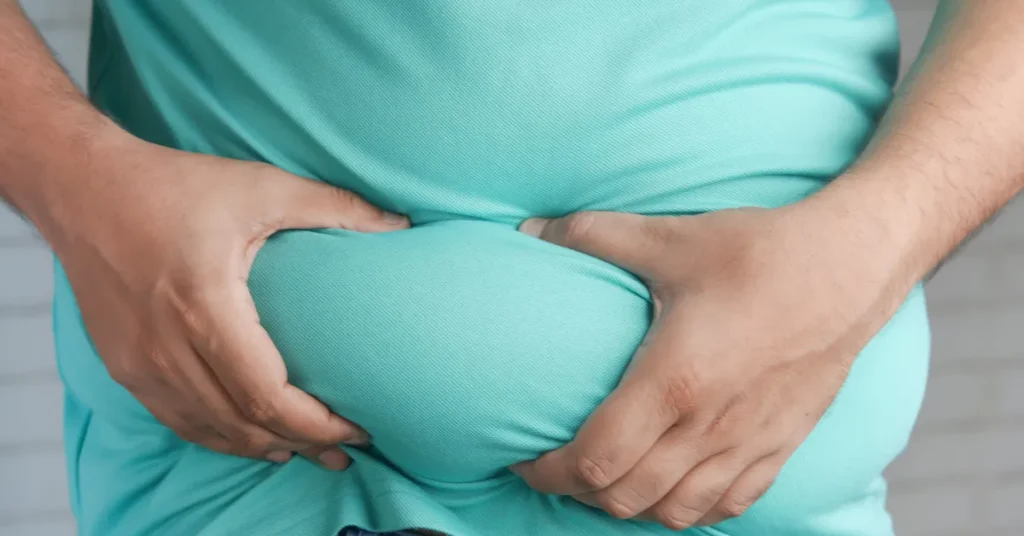
10 Delicious Salad Recipes that Help With Weight Loss
Do you want to lose weight and are looking for some healthy, effective and delicious ideas for salad for weight loss?
Would you like to find out more about incorporating salad for weight loss in your diet that will help you to lose weight as well as better manage your weight? If you are looking for any of these healthy lifestyle and weight management tips, then this article is written just for you!
In this article, we will talk about eating salad for weight loss, understand if it is really an effective method to lose weight, know if salad for weight loss can also target belly fat and share some delicious recipe ideas for salad for weight loss.
1. Grilled Chicken Avocado Salad
Why It Works:
- Chicken provides lean protein.
- Avocado offers healthy fats to stabilize blood sugar.
Ingredients:
- 1 grilled chicken breast (sliced)
- 1 avocado (cubed)
- 2 cups spinach
- Cherry tomatoes, red onion, lemon juice
Tip: Use olive oil and lemon dressing for added fat-burning power.
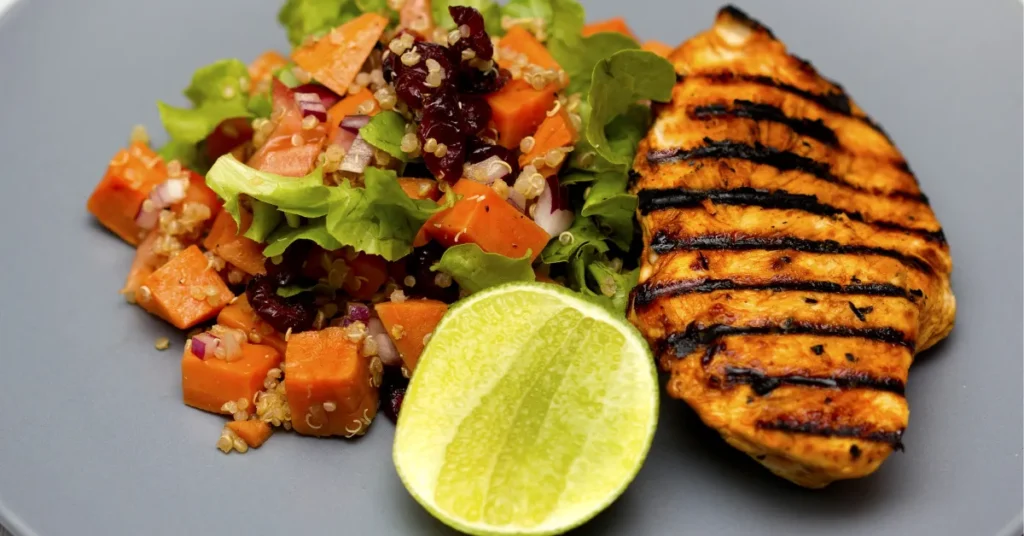
2. Kale & Quinoa Super Bowl
Why It Works:

- Kale is nutrient-dense and low in calories.
- Quinoa provides fiber and plant-based protein.
Ingredients:
- 1 cup cooked quinoa
- 2 cups chopped kale
- Cucumber, bell peppers, lemon vinaigrette
Tip: Massage kale with olive oil to soften it before serving.
3. Fat-Burning Detox Salad
Why It Works:

- Cabbage and carrots support liver detox.
- Apple cider vinegar improves digestion.
Ingredients:
- Shredded cabbage & carrots
- Apple slices, parsley, sunflower seeds
- Apple cider vinegar and honey dressing
Tip: Perfect as a side dish during your detox days.
4. Tuna Chickpea Power Salad
Why It Works:

- Tuna is rich in omega-3s (burns visceral fat).
- Chickpeas provide fiber and curb hunger.
Ingredients:
- 1 can of tuna in water
- 1/2 cup boiled chickpeas
- Mixed greens, red onion, olives
- Greek yogurt dressing
Tip: Make it your go-to lunch to feel full all afternoon.
5. Spicy Cabbage Fat Burner
Why It Works:
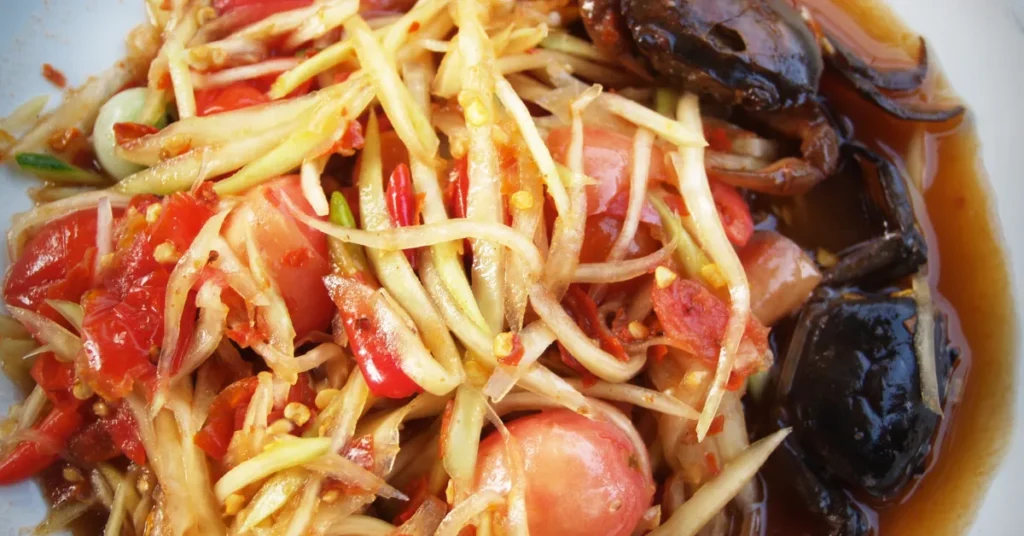
- Spices like cayenne and chili boost metabolism.
- Cabbage is low-calorie and fiber-rich.
Ingredients:
- Shredded red and green cabbage
- Chili flakes, lime, coriander, carrots
Tip: Add grilled tofu or paneer for extra protein.
6. Egg & Avocado Protein Salad
Why It Works:
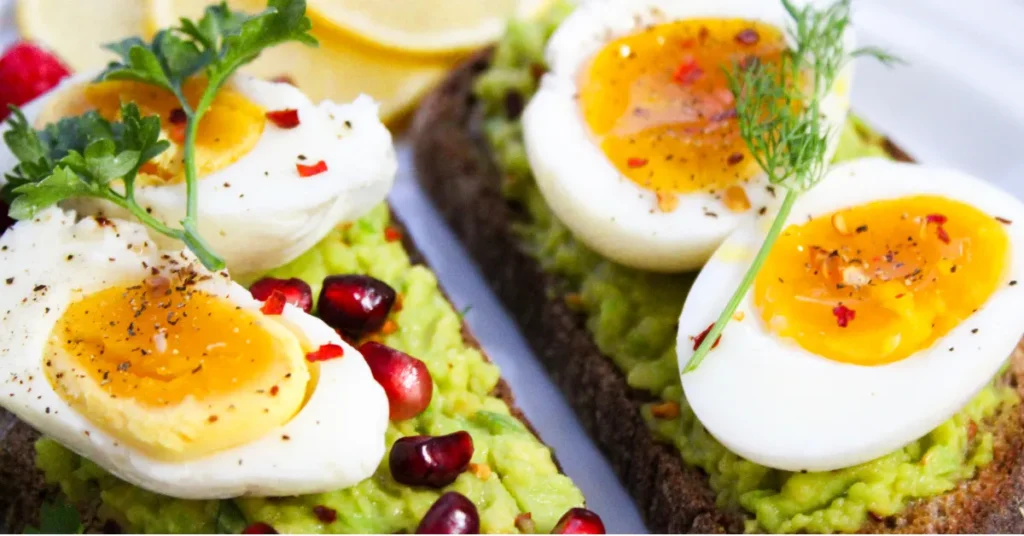
- Eggs are high in protein and boost satiety.
- Avocados help fight belly fat with monounsaturated fats.
Ingredients:
- 2 boiled eggs (sliced)
- 1/2 avocado, spinach, cucumber
- Greek yogurt + garlic dressing
Tip: Ideal for breakfast or a post-workout meal.
7. Asian Sesame Fat-Burning Slaw
Why It Works:
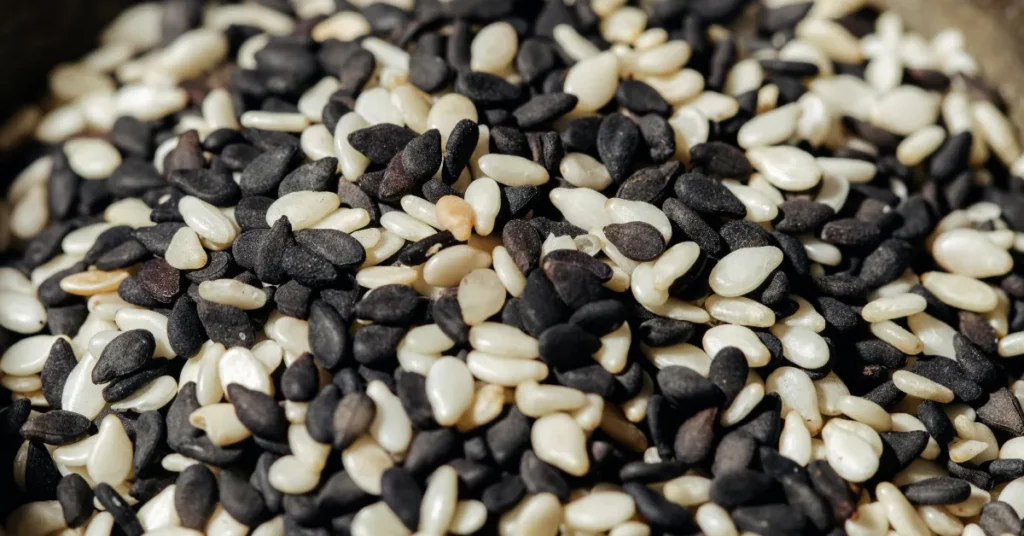
- Red cabbage and carrots detoxify the body.
- Sesame oil and ginger reduce inflammation.
Ingredients:
- Red cabbage, grated carrots, green onion
- Sesame seeds, sesame oil, rice vinegar, ginger
Tip: Let it sit for 15 minutes to absorb flavors.
8. Green Goddess Fat Flush Salad
Why It Works:

- Cucumber, celery, and mint act as natural diuretics.
- Great for flushing out water retention and bloat
Ingredients:
- Cucumber, celery, romaine lettuce
- Fresh mint, lemon juice, avocado
Tip: Serve chilled with lemon-olive oil dressing.
9. Zesty Bean & Corn Fat Cutter
Why It Works:
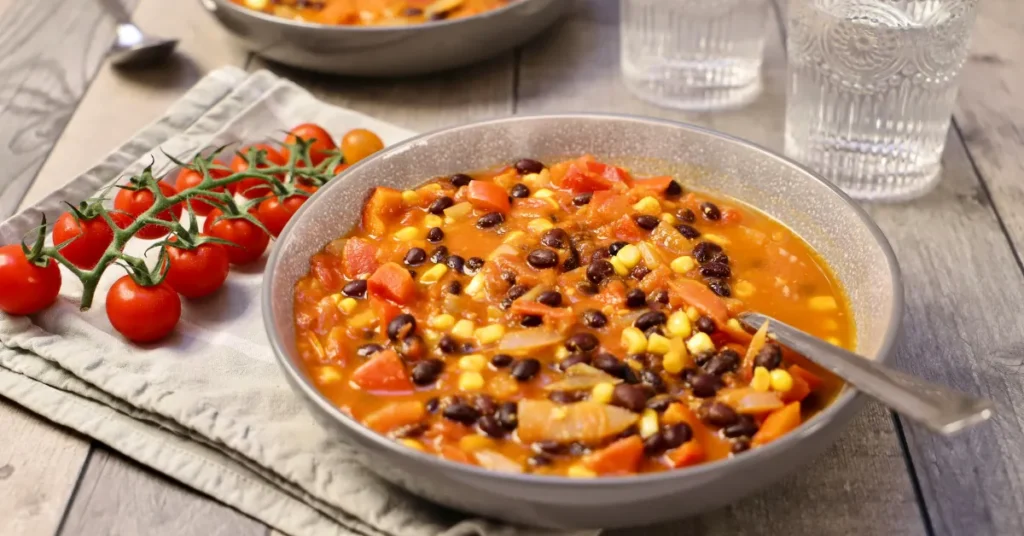
- Beans regulate blood sugar.
- Corn adds fiber and satiety.
Ingredients:
- Black beans, corn, cherry tomatoes
- Red bell pepper, cilantro, lime juice
Tip: Add jalapeños for a fat-burning kick.
10. Salmon & Greens Omega Salad
Why It Works:
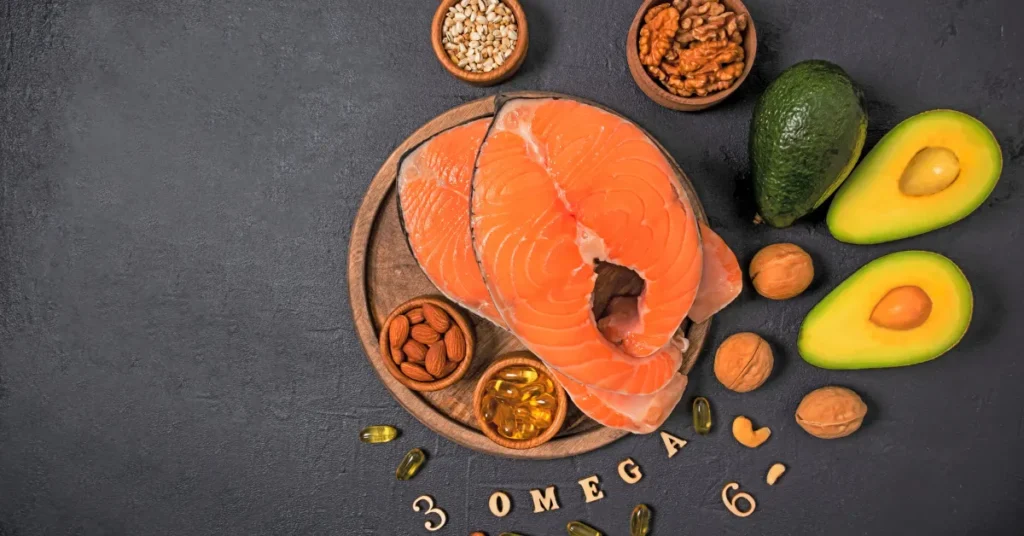
- Salmon is rich in fat-burning omega-3 fatty acids.
- Leafy greens detoxify and support digestion.
Ingredients:
- 1 grilled salmon fillet (flakes)
- Arugula, baby spinach, radishes, lemon zest
- Olive oil and dill dressing
Tip: Perfect dinner salad to end your day on a healthy note.
Additional Tips for Using Salads to Burn Belly Fat
- Avoid creamy store-bought dressings – Use olive oil, lemon juice, vinegar, and Greek yogurt instead.
- Eat your salad before meals to reduce calorie intake naturally.
- Keep salads colorful—more colors mean more nutrients and antioxidants.
- Pair with protein – Chicken, tuna, tofu, eggs, or salmon help you stay full and prevent muscle loss.
Good salad for weight loss
We all know the formula. It’s gotta be some lettuce with a low fat dressing and no flavour.
Sounds yum? Yeah, I didn’t think so either.
Thing is, those sad salads won’t help you reach your goals. What you need is tasty food that’ll keep you full and satisfied; otherwise,you won’t want to stick to the healthy stuff.
That’s why we’ve rounded up the best vegetarian salad recipes packed with protein but lower in carbs and fats that you’re sure to enjoy. And, let’s not forget, it will help you crush those milestones.
But isn’t every salad a weight-loss salad?
Pretty much any salad can be a part of a weight loss meal plan, but if you’re looking for a salad for lunch or dinner, it needs to have the right ingredients to keep you going (these light salad recipes are another good example of weight loss-friendly salad recipes).
Word of advice from our pro nutritionist (James) says each weight loss-friendly salad should contain:
- at least 15 grams of protein
- whole grain carb sources (eg. brown rice, pasta, buckwheat, quinoa)
- starchy veggies (eg. sweet potatoes, potatoes)
- less than 600 calories
- at least 5g+ of fibre
- less than 25g of fat with less 8g of it being saturated
…………………………………..
Going on a diet is no easy feat. You have to say bye bye to all the scrumptious high-calorie meals you used to enjoy and embrace a new life of conscious eating and moderation.
This is made even more difficult when what’s on your new menu is less than tantalizing and that’s especially true when it comes to healthy salads.
We all know the formula. It’s gotta be some lettuce with a low fat dressing and no flavour.
Sounds yum? Yeah, I didn’t think so either.
Thing is, those sad salads won’t help you reach your goals. What you need is tasty food that’ll keep you full and satisfied, else you won’t want to stick to the healthy stuff.
That’s why we’ve rounded up the best vegetarian salad recipes packed with protein but lower in carbs and fats you’re sure to enjoy. And, let’s not fforget, will help you crush those milestones.
But isn’t every salad a weight-loss salad?
Pretty much any salad can be a part of a weight loss meal plan but if you’re looking for a salad for lunch or dinner, it needs to have the right ingredients to keep you going (these light salad recipes are more good example of weight loss friendly salad recipes).
Word of advice from our pro nutritionist (James) says each weight loss friendly salad should contain:
- at least 15 grams of protein
- whole grain carb sources (eg. brown rice, pasta, buckwheat, quinoa)
- starchy veggies (eg. sweet potatoes, potatoes)
- less than 600 calories
- at least 5g+ of fibre
- less than 25g of fat with less 8g of it being saturated
Lean protein and fibre rich ingredients make filling salads which means you don’t get hungry an hour after lunch.
Naturally occurring healthy fats are also an important part of staying full and carbs are important to keep us satisfied too.
There’s obviously a pattern here, and if you’ve done a little research into weight loss (or subscribed to our free 7-day weight loss meal plan), you’d know why.
Eating too little will leave you all grumpy and low on energy and make you crave more food, which makes you significantly less likely to stick to your weight loss goals. On the other hand, eating too much doesn’t help either.
That’s why portions matter, and the right ingredients do too.
The Best Healthy Salad Ingredients for Weight Loss
Building a salad to meet your nutritional goals, such as weight loss, means making a salad that is filling and appealing to the palate. You will want to make sure that your salad has filling power, which is found in protein, fiber, healthy carbs, and fat.
- Protein foods help your body to build or maintain healthy muscle. Muscle tissue helps you burn more calories during the day, even when you’re not exercising. If you participate in a strength training program, eating more protein will help your muscles develop faster so that you get a stronger body. Protein is also needed to build and repair cells and is important for immune health.
- Fiber-rich foods help you to stay satisfied after your meal so you eat less during the day. Foods with fiber provide bulk in your belly so you don’t have the desire to eat. And if you consume foods with insoluble fiber, fewer calories from the food are digested.
- Energy-boosting carbohydrates like whole grains, edamame, sweet potato, squash, or roasted pumpkin add volume and flavor to your meal. They also add more fiber.
- Healthy fat for satisfaction. Healthy fat is an essential macronutrient that has many functions. It helps with the absorption of fat-soluble vitamins, is important in hair, skin, and nail health, as well as the regulation of metabolism and the reproductive system. It is important to choose healthy fats most of the time.
Building a salad with protein, fiber-rich healthy carbs, and healthy fats can help to keep you full and satisfied—which may help with weight loss
But that’s not all. If you fill your salad bowl full of vegetables, healthy fats, and protein you will optimize your nutrition by getting in lots of vitamins and minerals. Because many of the ingredients in salads are voluminous for little calories, you will likely be eating fewer calories while still feeling full. If weight loss is something you are looking to achieve then including more salads into your diet may help.
Healthy Salad Ingredients (List)
Before you start to make a salad to reach your nutritional goals you need to choose a base. There are so many different greens to choose from. If you’re used to one type of salad green, don’t be afraid to experiment with a new texture and flavor.
Salad Greens
- Softer greens like arugula, mache, or a spring mix (a blend of different greens) provide less crunch but more flavor.
- Crisp greens like romaine, iceberg lettuce, bibb lettuce, and cabbage provide plenty of crunch and texture. They are great for adding bulk to your salad.
- Dark leafy greens like spinach and kale provide vitamin A, vitamin K, folate, Vitamin C.
Salad Ingredients With Protein
After you’ve got your bed of salad greens, choose a lean protein. Save time by cooking or preparing a large amount of your favorite protein source. Then divide the food into single-serving containers that you can grab later in the week when you need to make a quick meal.
- Cubed chicken breast
- Cooked/seasoned ground turkey
- Grilled salmon
- Tuna (seared or packed in water)
- Beans (garbanzo, kidney, black, pinto, lentils)
- Hard-boiled eggs
- Nuts and Seeds
- If you’re on the go and you don’t have access to a refrigerator, you might not want to add meat or seafood to your salad. In that case, choose beans as your choice of protein. You can also grab a product like TopBit, a crunchy, savory, herb topping that adds flavor, crunch and ten grams of protein.
Salad Ingredients With Fiber
Throw in fiber-rich carbohydrates to boost satiety. These colorful carbs add crunch and flavor. For a different flavor profile you may also add leftover roasted or sauteed vegetables. Remember that you can add unlimited vegetables to boost the fiber of your meal.
- Spinach (also a great source of protein)
- Mixed greens or slaw mix
- Red or yellow peppers
- Broccoli
- Cauliflower
- Carrots
- Avocado (keep your serving small)
- Lima beans
- Cubed, chilled, boiled red potato
- Peas
Energy-Boosting Carbohydrates
Choosing to add even more healthy carbs to add to your meal can increase the volume of your salad. Get creative and use cooked whole grains, beans, or other leftovers (which also increase the fiber).
- Brown rice
- Quinoa
- Farro
- Edamame
- Lentils
- Sweet potato
- Squash
- Roasted pumpkin
Salad Ingredients With Healthy Fat
Saturated fats, such as cheese, creamy dressings, and fried toppings should be used in moderation. When making your salad aim to use toppings that are high in saturated fat sparingly. Instead, opt for unsaturated fats, such as nuts, seeds, avocado, and oil-based dressing most of the time.
- Avocado
- Chia Seeds
- Sunflower seeds
- Flax seeds
- Olives
- Chopped nuts
Finally, you can add a very small amount of cheese or salad dressing, if you choose. But keep in mind that these will usually boost the calorie count, so it may be best to choose one or the other.
For example, if you choose to add a small amount of cheese, then dress your salad in lemon and herbs instead of an oil or dairy-based dressing.
If you skip the cheese (and croutons, bacon bits, and sunflower seeds!) then add salad dressing. But choose your dressing wisely. You’ll find some yogurt-based dressings that are creamy and low in calories. You can also choose to make your own low-calorie creamy dressing or make your own vinaigrette. Homemade dressings are often lower in fat than store-bought varieties. They are also lower in sodium and have no preservatives.
The Best Way to Enjoy Your Healthy Salad for Weight Loss
Now that you’ve got your healthy meal in front of you, take a moment to plate your food and set a place at your dinner (or lunch) table. These simple steps help you to practice mindful eating. People who take more time to taste, chew, and enjoy their food get more satisfaction from their meal and often eat less as a result.


